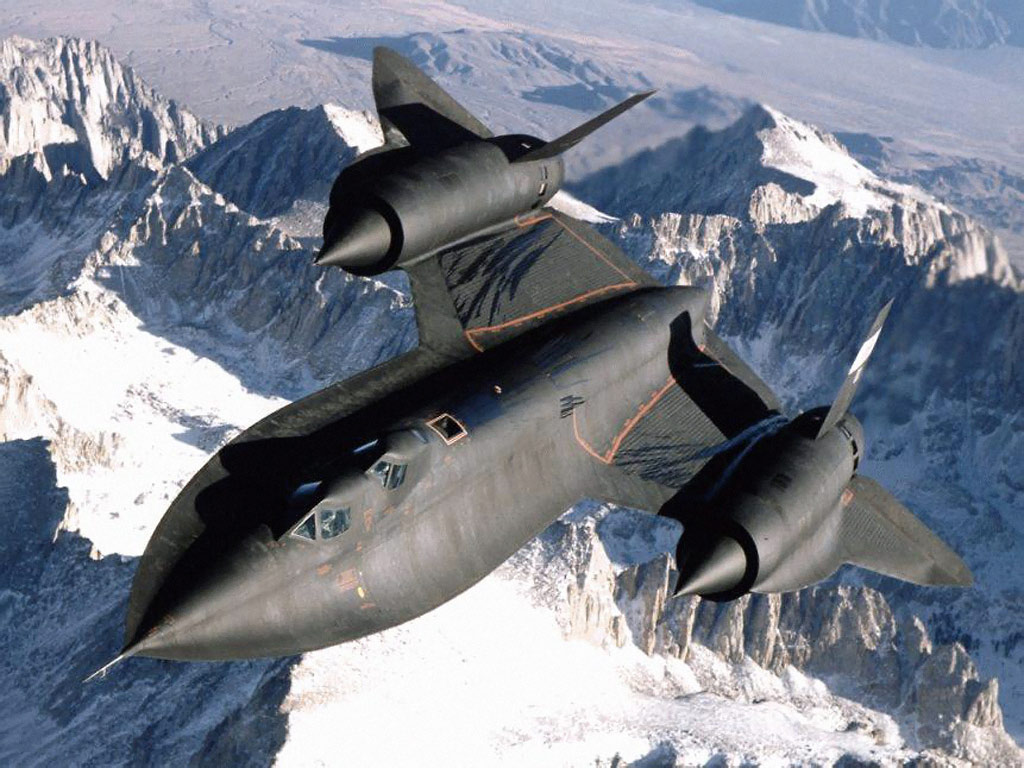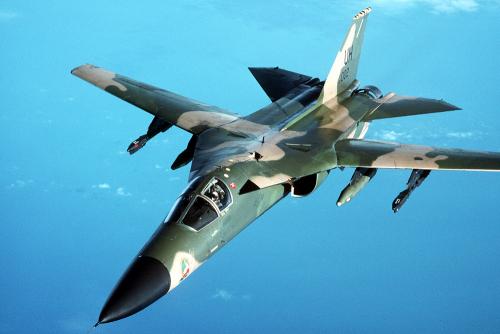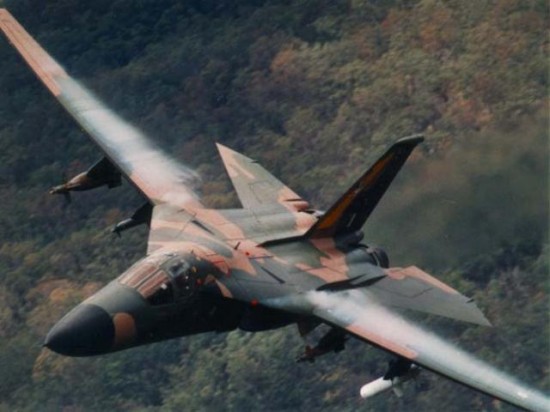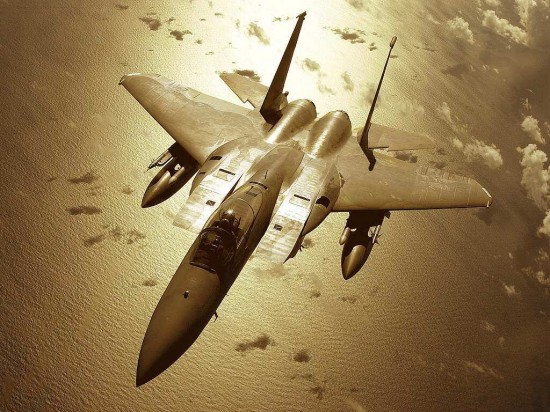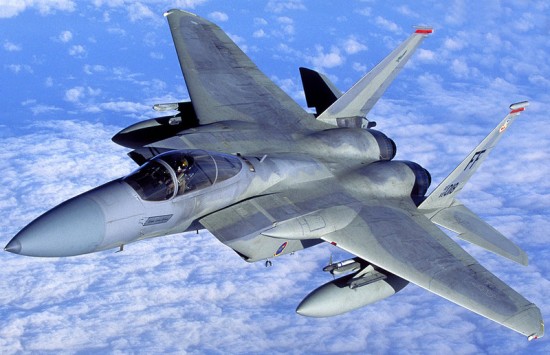No 6. General Dynamics F-111 Aardvark
| Maximum speed | Mach 2.5 (1,650 mph, 2,655 km/h) |
| Combat radius | 1,330 mi, 2,140 km |
| Ferry range | 4,200 mi, 6,760 km |
| Service ceiling | 66,000 ft (20,100 m) |
| Rate of climb | 25,890 ft/min (131.5 m/s) |
| Spread | 126.0 lb/ft² (615.2 kg/m²) |
| Swept | 158 lb/ft² (771 kg/m²) |
| Lift-to-drag ratio | 15.8 |
| Thrust/weight | 0.61 |
F-111 was the first aircraft to implement the geometry “swing wing” that allowed it to change its flying characteristics “on the fly”. Although the aircraft retired in 1998 at the US Air Force, it is still operated by the Royal Australian Air Force. It topped at Mach 2.5 and was replaced by the more successful F-15.
[youtube]http://www.youtube.com/watch?v=rauGkGofx8U[/youtube]
No 5. McDonnell Douglas F-15 Eagle
| Maximum speed | High altitude: Mach 2.5+ (1,650+ mph, 2,660+ km/h), Max Mach 2.7
Low altitude: Mach 1.2 (900 mph, 1,450 km/h) |
| Combat radius | 1,222 mi, 1,967 km for interdiction mission |
| Ferry range | 3,450 mi, 5,550 km with conformal fuel tanks and three external fuel tanks |
| Service ceiling | 65,000 ft (20,000 m) |
| Rate of climb | >50,000 ft/min (254 m/s) |
| Wing loading | 73.1 lb/ft² (358 kg/m²) |
| Thrust/weight | 1.12 (-220), 1.30 (-229) |
Considered one of the most successful modern fighters with over 100 aerial victories, it reaches speeds of Mach 2.7. It is still in service with the US Air Force and is expected to be serving till 2025. F-15 eagles took part in the Gulf War and were responsible for almost all the Air Force victories there. Its current operators include US, Israel, Japan and Saudi Arabia.
[youtube]http://www.youtube.com/watch?v=roDey8o5WNg[/youtube]


